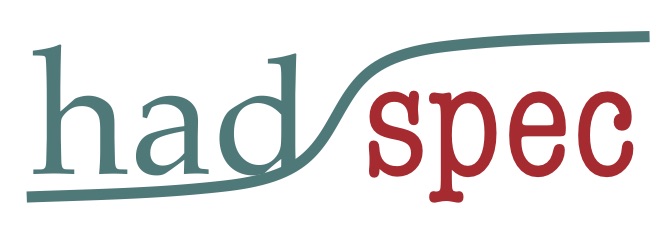AboutWe are an international collaboration of researchers who work to deepen knowledge and understanding of the strong force, one of the four fundamental forces of nature, through rigorous computation of the spectrum of particles held together by this force, the hadrons. Quantum Chromodynamics (QCD) is the theory of the strong force, which is expressed in terms of fundamental particles called quarks and gluons. Hadrons are built out of these basic building blocks, with QCD acting to confine the color-charged quarks and gluons within hadrons through a mechanism that is not yet fully understood. QCD is a strongly-coupled quantum field theory for which established analytical tools are not applicable. Our primary method to extract measurable quantities from QCD in a rigorous, systematically-improvable manner is Lattice QCD, where correlation functions in a discretised finite space-time volume can be computed by Monte-Carlo sampling possible field configurations using high-performance computing. We have pioneered novel techniques within lattice QCD that have allowed us access to previously unexplored areas of the hadron spectrum. Highlights include: the developement of an operator construction technology, known as distillation, which makes possible the efficient computation of a wide variety of correlation functions; utilization of GPUs to compute quark propagation from all timeslices of a lattice, allowing us to study processes where quarks and antiquarks annihilate; the use of large bases of single-meson and multi-meson operators in correlation functions, from which robust excited state spectra may be extracted through variation analysis; determination of coupled-channel scattering amplitudes using extensions of the finite-volume formalism originally derived by Lüscher. We are interested in all aspects of the spectrum and interactions of hadrons, be they constructed from light or heavy quarks, and continue to perform calculations of hadrons that can be observed at current and future experimental facilities. Our collaboration spans several institutions in the US, Europe and India, with a membership of senior scientists, early career researchers and graduate students. We are supported by external and internal grants, and we obtain allocations at leadership-class computing facilities through competitive calls-for-proposals. We publish our results in refereed scientific journals. |
